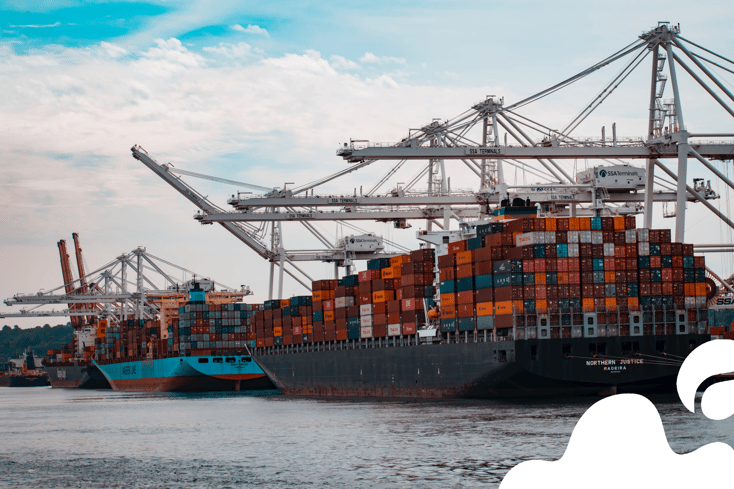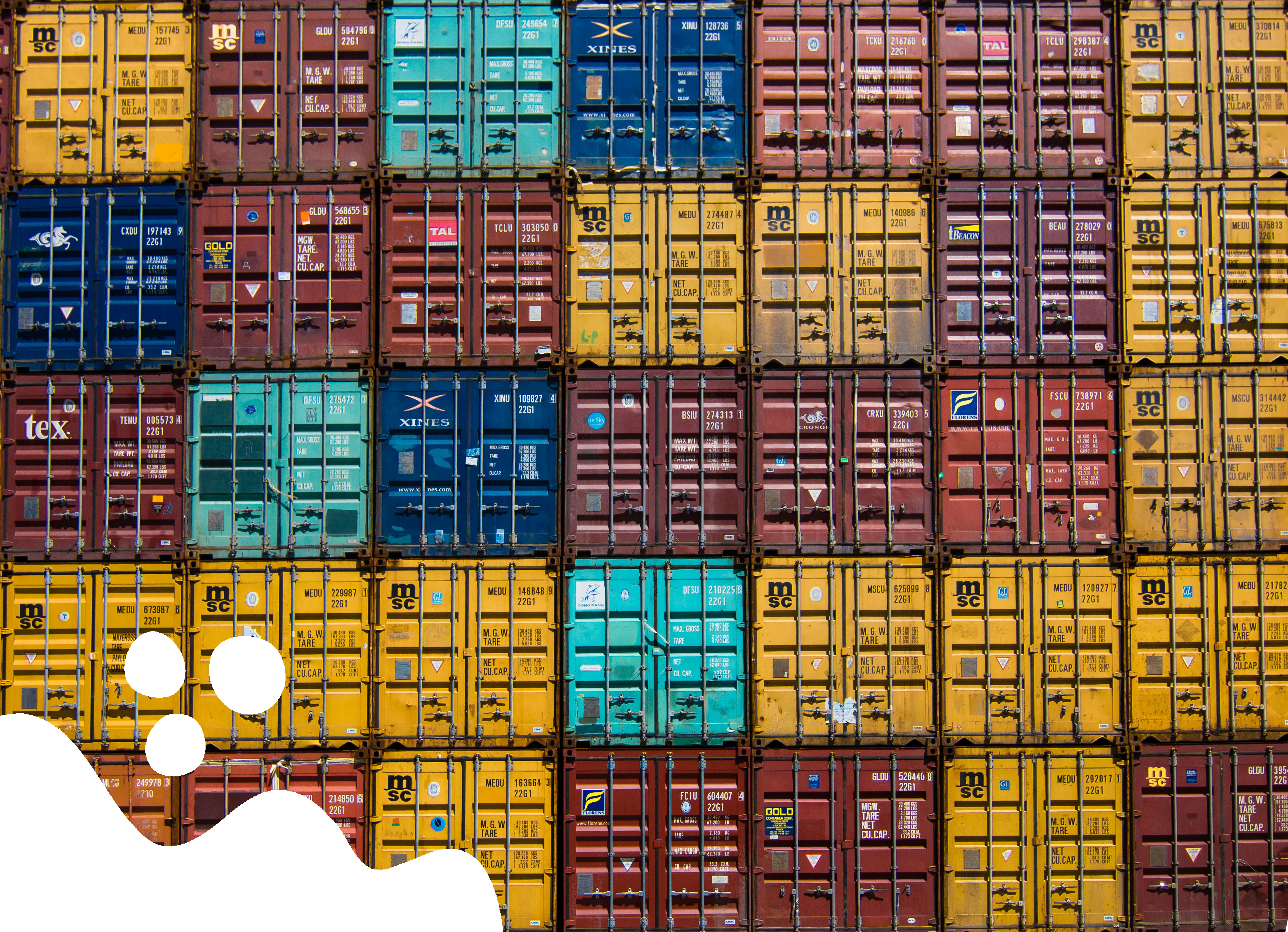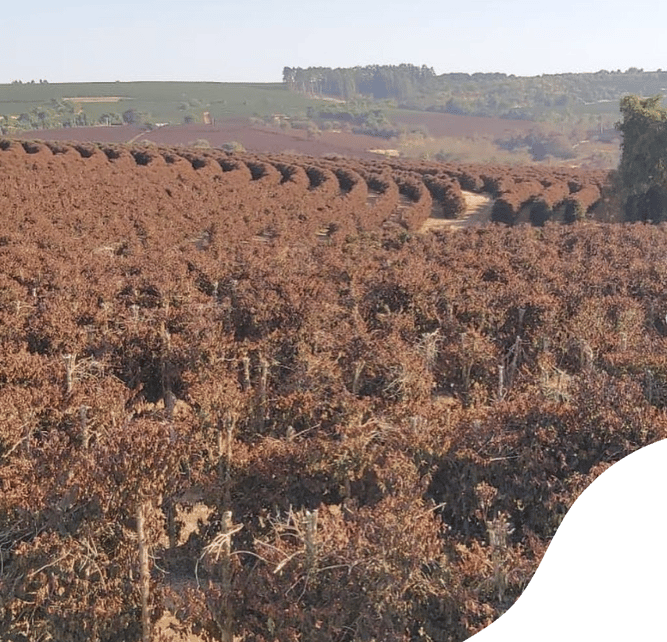
If you’re subscribed to our newsletter and have been reading our regular market and logistics updates, you’re likely keenly aware of the critical challenges that have been facing ports and shipping lines this year. In light of recent developments regarding the market and shipping lines, it will not come as a surprise to learn that the situation has become more challenging for buyers.
In this update, we hope to lay out as clearly and transparently as we can what exactly is happening, what new developments have occurred and what our recommendations are for moving forward. The good news is that while expectations will need to be realistically readjusted, we are confident that we will be able to work with all of our customers to find the right solutions to move forward.
In short, over the past weekend and earlier this week, 3 growing regions in Brazil— Paraná, São Paulo and Minas Gerais—experienced a significant frost, resulting in a sharp spike to the C price: an increase of 26% over three days. This sudden shock to the market, combined with the many shipping logistics challenges, has placed an enormous strain on the global coffee supply chain. Continue reading below to learn more.
_______________________________________________
Shipping logistics: Delays are getting longer
As mentioned in our previous updates, the delays we’ve been experiencing have been largely due to massive backups at ports, especially on the US West Coast and at certain origin countries. Critical labor shortages have caused port operations to come to a crawl, significantly lengthening loading and offloading times. This has made provide accurate shipment ETAs; in some cases, carriers have stopped providing ETAs entirely until shortly before arrival.

Currently, the US is experiencing a strong economic rebound as pandemic restrictions are lifting. A consequence of this rebound, however, is a huge increase in the demand for shipping containers as consumer purchasing rises—literally everyone is in desperate need of shipping containers. The truth of the matter is that the supply chain is not ready. The post-recession rebound has been so strong and so sharp that supply chains have simply not had time to catch up and be prepared. Specifically, China to USWC shipping lines are under heavy strain, and demand for containers is incredibly high.
But what does this mean for roasters exactly, and what can we expect?
- Major imbalance of containers. Of the containers that are available, the majority is being prioritized for US-China routes. For us in coffee, this means that there are less vessels, containers, and shipping routes being serviced from smaller origin countries such as Costa Rica, Nicaragua, Peru and Honduras to name just a few. The smaller the country, the less service they receive, resulting in greater delays. Countries like Brazil, with greater financial and political influence, have been able to get shipments out.
- Shipping costs are skyrocketing. Freight rates are doubling, if not tripling. Costs to secure a container are even higher and while the option does exist to pay a high premium (upwards of 5x normal) to "skip the waiting line" for a container, it only guarantees that the coffee is put in the container. The time spent in transit would still be uncertain.
- Expect delays of three months at a minimum. With fewer direct routes and ports backed up, delays are inevitably going to get longer.
- Lower expectations for coffee quality. Normally, coffees spend around 3 weeks in transit from origin before landing. Now, coffees are spending upwards of 45-70 days in transit from Latin America, and 90 days or more from Africa and Asia. While the coffees should still cup well, the extra time spent in a container will mean that flavors will likely be muted and coffees will be less vibrant.
A frost in Brazil = A rise in prices

Coffee trees decimated after the frost. Photo credit: Capricornio Coffees
Historically, it has usually been the case that should a big enough frost affect Brazil’s coffee production, the C price will jump; this time was no exception. While the frost itself wasn’t particularly intense, it came at a time when coffee trees had already been stressed due to lack of rain. The frost that came over the weekend and into the start of this week also managed to impact the growing regions of Paraná, São Paulo, and Minas Gerais.
Combined with the fact that green coffee stocks in US warehouses are down 20% at the end of June compared to June 2020 has resulted in an enormous spike to the C price of 26%.
Where do we go from here?
While the scenario we are facing at the moment does seem daunting, it should not be a cause for panic. There are courses of action that we can take. Here’s what we recommend:
- Don’t implement a buying freeze. Start quoting country differentials. Remember: even though the C price is high, country differentials can provide enough of a buffer to balance things out. Historically, the trend has been that when the C price is high, differentials tend to be low and vice versa. Obviously, this will be different from country to country, but the message here is: don’t stop buying coffee. Our teams can help you explore price differentials that can be competitive during this volatile time to figure out what options will work best.
- Ensure that you have a 3-4 month buffer of coffee on inventory. This is absolutely critical. Make sure that you have enough coffee on hand and ready to roast for the next 3-4 months at least. If you don’t and are in urgent need of coffee, reach out to your Relationship Coffee Manager as soon as you can. We can work with you to ensure that you have enough coffee on inventory.
- Prices will likely stabilize by mid to late August. The Brazilian winter is usually over towards the end of August. While prices will inevitably be volatile until then, by the time September rolls around, we should have a clearer picture on prices.
Lastly, our supply team is currently running diagnostics on the countries that are being the most impacted by shipping delays. If you’ve purchased coffee from the countries that we’re identifying, expect a Relationship Coffee Manager to reach out to you to figure out the best path to move forward.
As always, we’ll continue to keep you updated as we learn more. Make sure to subscribe below to our newsletter if you haven’t already to stay on top of the latest updates!



.png)
